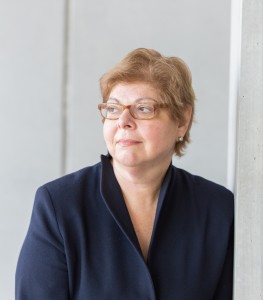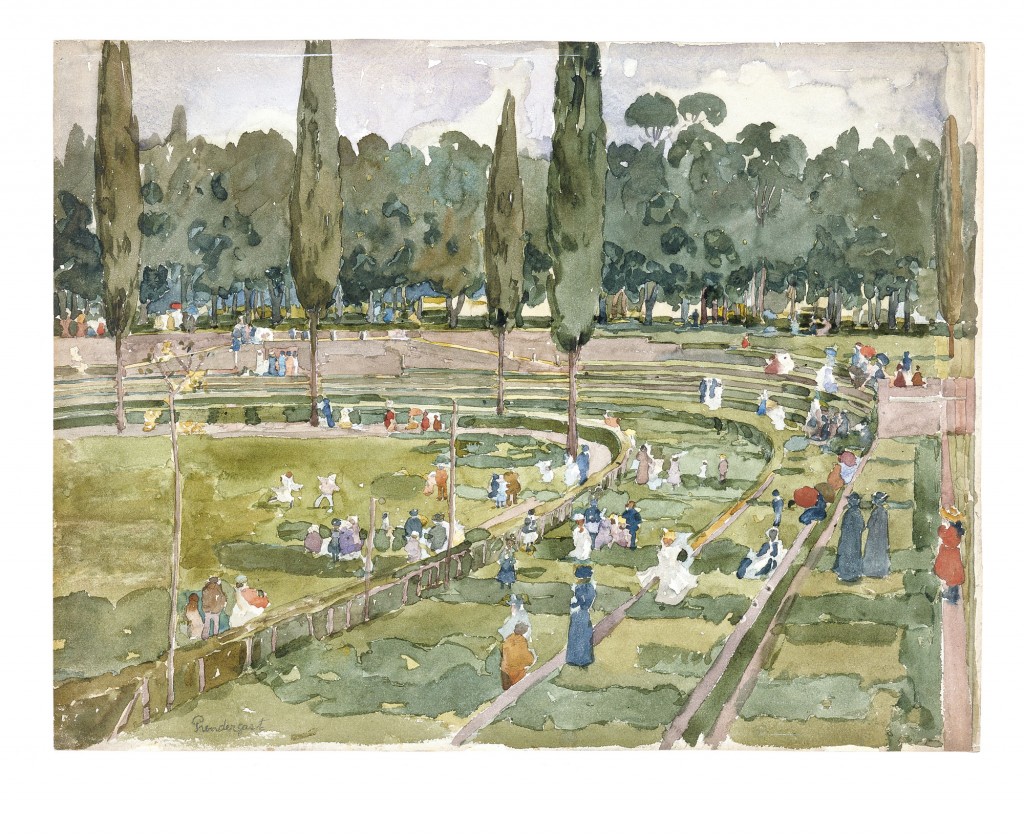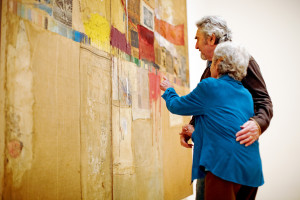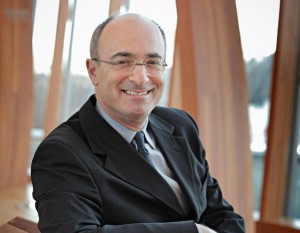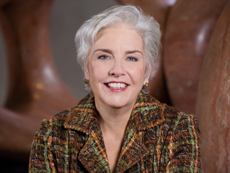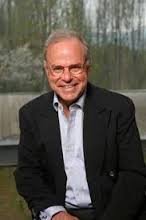What irony. And what a contradiction. Here we are in an era when paintings and sculpture regularly make national headlines and television newscasts for selling at sky-high prices and, at the same time, we are know-nothings about art. And we care less.
 The latter half of that contradiction was asserted several days ago by Michael Lind (at right), a writer whose last of 14 books (listed on his Wikipedia page) was a 2012 economic history of the U.S. He has also been an editor or staff writer at magazines including The New Yorker, Harper’s and The New Republic. Pretty great credentials.
The latter half of that contradiction was asserted several days ago by Michael Lind (at right), a writer whose last of 14 books (listed on his Wikipedia page) was a 2012 economic history of the U.S. He has also been an editor or staff writer at magazines including The New Yorker, Harper’s and The New Republic. Pretty great credentials.
The Smart Set published Lind’s piece called “Artless:Â Why do intelligent people no longer care about art?” In it, he asserts:
The fine arts don’t matter any more to most educated people. This is not a statement of opinion; it is a statement of fact.
As recently as the late 20th century, well-educated people were expected to be able to bluff their way through a dinner party with at least some knowledge of “the fine artsâ€â€” defined, since the late 18th century, as painting, sculpture, orchestral or symphonic music, as distinct from popular music, and dance/ballet. … it would have been a terrible faux pas not to have heard of Martha Graham. You were expected to know the difference between a French impressionist and an abstract expressionist….
[But] As far as I can tell, very few college-educated people under the age of 50 pay any attention to the old fine arts at all.
Lind bases his opinion on his knowledge of the content in ‘zines like Vox and n+1.
But wait for it: Lind goes on to blame the very market that, for now, puts art in headlines most often. By his reasoning,
… It was not the mockery of Pop artists but the capitalist art market itself which, in its ceaseless quest for novelty, trivialized and marginalized the arts….
Markets tend to prize fashionable novelty over continuity. The shocking and sensational get more attention than subtle variations on traditional conventions and themes. Capitalism, applied to the fine arts, created the arms race that led to increasingly drastic departures from premodern artistic tradition, until finally, by the late 20th century, “art†could be everything and therefore nothing….
…The process of escalating sensationalism ultimately reaches its reductio ab absurdum in any fashion-based industry. In the case of painting and sculpture the point of exhaustion was reached by the 1970s with Pop Art and minimalist art and earth art and conceptual art. Can a row of cars be art? Sure. Can an empty canvas be art? Sure. Does anybody care? No.
Lind has a point, but he uses too broad a brush to indict contemporary art. Some art being made today seems empty and does estrange people; but much of it is very creative, sometimes even overloaded with content. Yet is “content,” as he defines it (Pop Art certainly was about something), what makes art either good or bad?
Further, to say that art–and museums–do not feature in today’s publications is simply wrong, and relies on too small a reading sample. Maybe art does not register in the cultural mainstream the way Life magazine and Time magazine, to cite two examples, covered it in the good old days, but you have to blame Time (and the death of Life) and readers, or lack thereof, for that. The U.S. simply lacks a core of publications that everyone reads nowadays. There’s so much more on offer. We no longer have just three TV broadcasters to choose from either. The cultural core has splintered.
What’s more, I’d say from observation that newspapers all over the country regularly cover what is happening in their museums; I see and read a lot of that coverage. Sometimes, to be sure, the coverage is scant on real content. Maybe it’s not enough, maybe it’s not national coverage, but still–it’s coverage.
Further, those well-educated people he cites have a far bigger smorgasbord of activities–cultural and not–to choose to learn about out, enjoy and spend time with now. Why blame art, and art alone?
I share Lind’s concern that many people have never heard of artistic giants–that the only names they may know are Picasso, Michelangelo, Leonardo and Monet, and Jeff Koons (or thereabouts).
But to cite only his perceived emptiness in contemporary art as the reason lets too many other causes and people off the hook. We’ll never fix something if we don’t correctly analyze what’s wrong.
NB: I’M SORRY TO SAY THAT I AM NOT PUBLISHING MOST COMMENTS ON THIS POST, MAINLY BECAUSE THOSE OFFERED SO FAR ARE REPETITIVE COMMENTS BY THE SAME PEOPLE. IF YOU HAVE NOT LEFT A COMMENT PREVIOUSLY ON THE SUBJECT OF “WHAT ART IS AND WHAT IT ISN’T,” IÂ WILL CONSIDER PUBLISHING YOURS.Â

